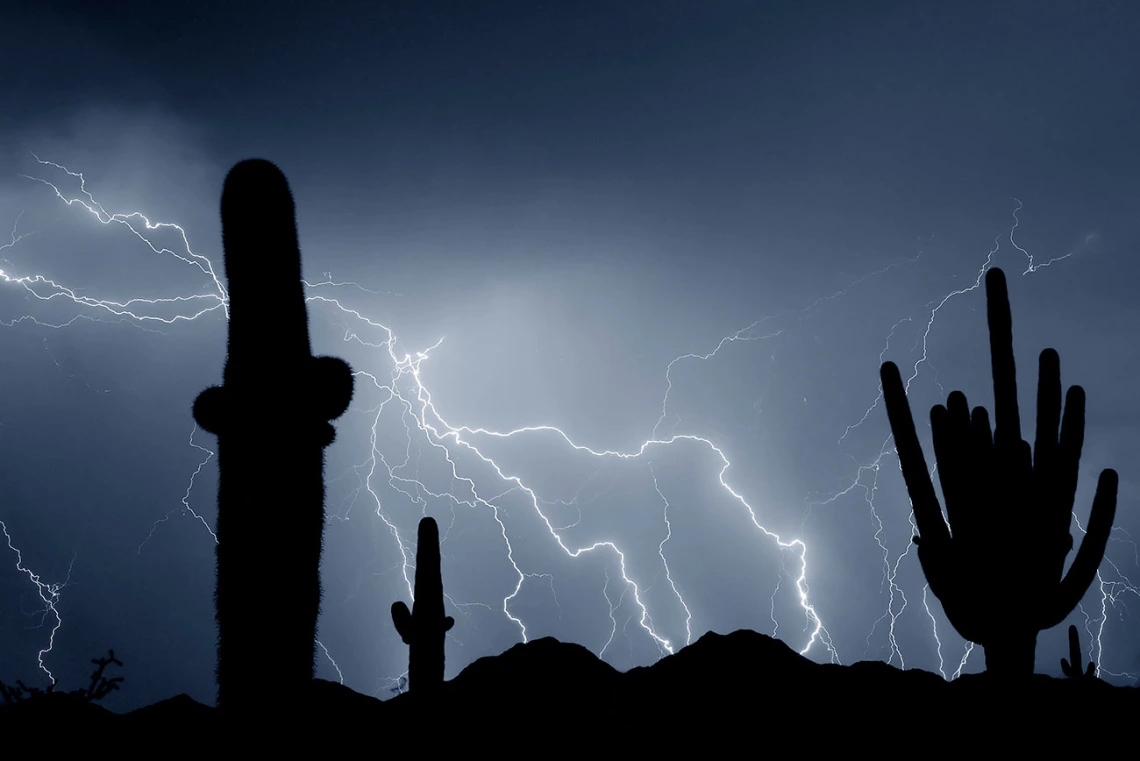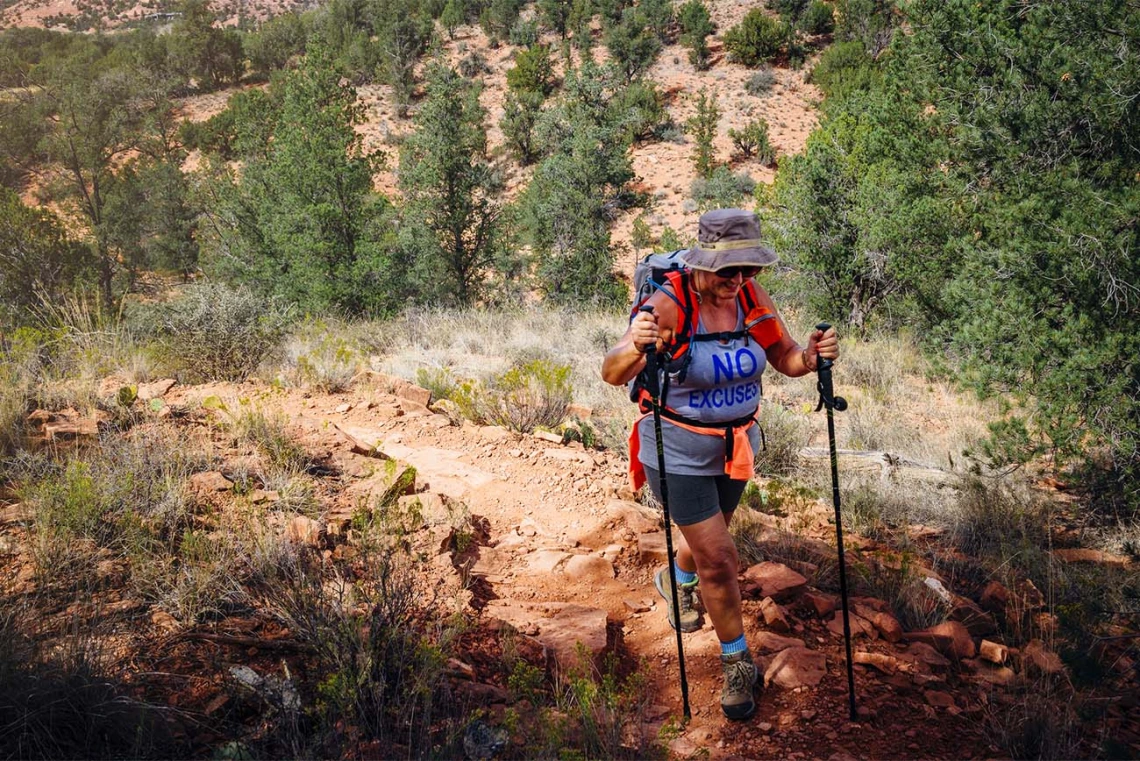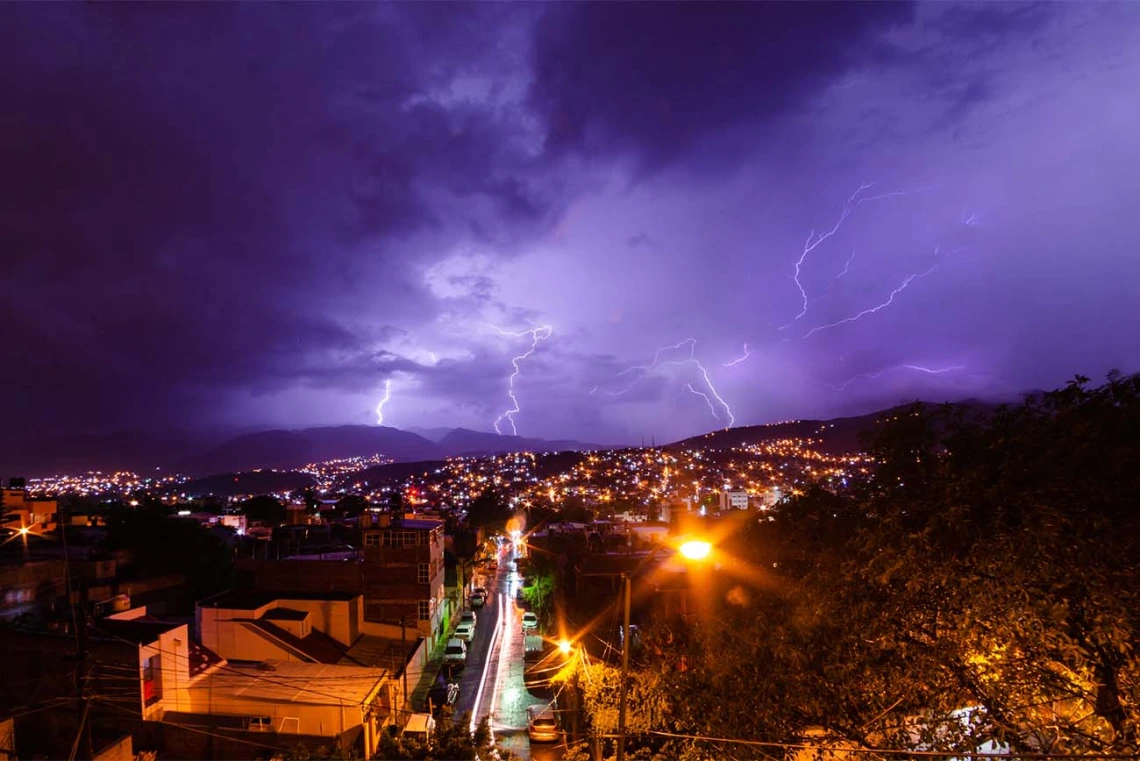The Arizona Monsoon, Lightning and Your Health
Monsoon in Arizona comprises the wettest and most lightning-prone months of the year. Learn how to avoid being struck and what to do if you are.

With the Arizona monsoon stretching from July to September, your health depends on more than avoiding rushing water on flooded streets. Knowing how to protect yourself from injury from a lightning strike also is essential.
Lightning can occur at anytime and anywhere, before and after a storm.
The Arizona monsoon is characterized by heavy rain, dust storms and lightning. While southern Arizona has experienced record rainfall after a blistering start of summer, rain isn’t required to be struck by lightning.
Lightning injuries are the second-leading cause of weather-related deaths worldwide. Florida is the lightning capital of the U.S., according to the National Weather Service, and ranks No. 1 in the country in the number of lightning deaths between 1959 and 2017. Mountain areas also are common for lightning, including Arizona and Tucson.
Your chances of being struck – about one in 500,000 – are dictated by where you live, the time of year, what you do for a living, and whether you work, exercise or play outside.

Lightning often doesn’t stop until it finds the ground, and it may branch out or rebound off one thing to another, including you, seeking the easiest path. The odds of survival change if you’re struck directly or indirectly. About 10% of all people struck by lightning die from it, with direct strikes being potentially more deadly.
Nearly a third of lightning injuries occur when a person is indoors.
You might want to avoid showering, bathing or washing dishes by hand during a thunderstorm. If your home is struck by lightning, the electric current could be conducted through the water to you. For the same reason, also consider not operating a computer or other electronic device that is plugged in during a thunderstorm.

If you’re outside in a storm, your first option is to seek cover inside a building or a vehicle with a metal roof, not a canvas top. A metal roof, if struck, conducts lightning around the car to the ground. If you’ve got metal on you, put everything in a backpack, including metal hiking sticks and place it away from you.
If you can’t go inside, it’s safer to be in an open area and on lower ground. Don’t stand next to other people or trees, as lightning strikes could jump to you.
What happens if you are struck?
Often, first responders or the person themselves may not know they were struck by lightning. The telltale signs are a fern-like burn called a Lichtenberg pattern on the skin and a ruptured eardrum. Lightning also can cause a victim’s pupils to appear non-responsive, and it is possible to assume the person has died.
Whether suffering burns, cardiovascular or neurological damage, people who survive being struck by lightning are usually severely injured. The human body is built to transmit electrical stimulus and, depending on which nerves conduct the high voltage from lightning, that's where their problems begin – anywhere from head to toe. For some survivors, it may mean years of rehabilitative therapy and care. For others, impacts can range from buzzing in the ears, headaches or mild depression.

For more safety precautions, see this U.S. Centers for Disease Control & Prevention webpage: When Thunder Roars, Go Indoors!
In Spanish: Cuando el Trueno Retumba, Vaya Para Adentro!
About the Author
Dan Schlager, MD, FACEP, is a clinical professor of emergency medicine at the University of Arizona College of Medicine – Tucson, where he completed his residency training and served as chief resident after graduating with his medical degree from George Washington University in Washington, DC.
An entrepreneur, he is founder, CEO and president of Zoltar Technology Inc., and sold Zoltar’s GPS-wireless technology intellectual property to Apple, Google and Blackberry. He holds over 25 U.S. and international patents and is now working on lightning protection garments utilizing metallic fibers and nanotechnology to deflect current away from critical parts of the body.

